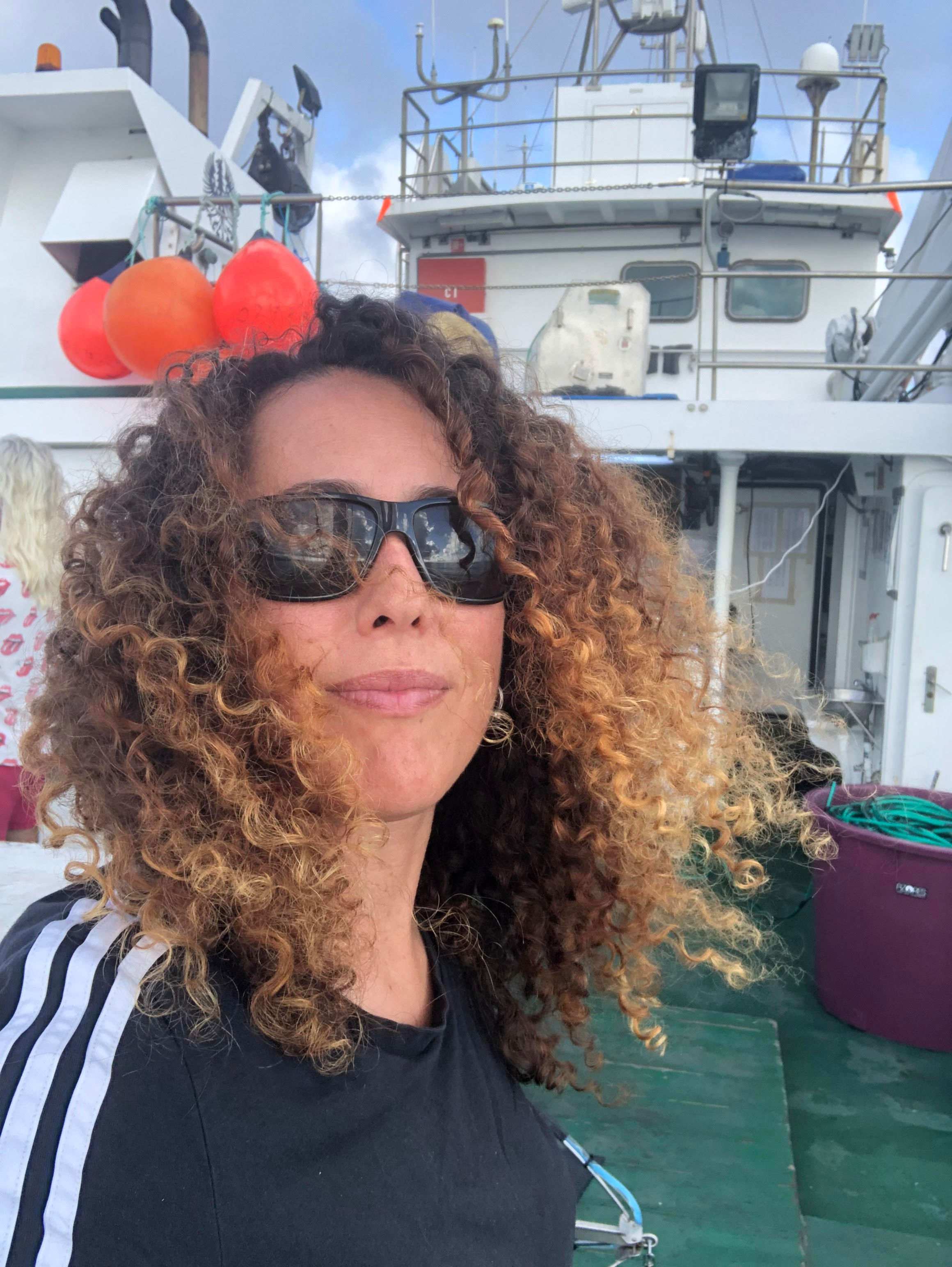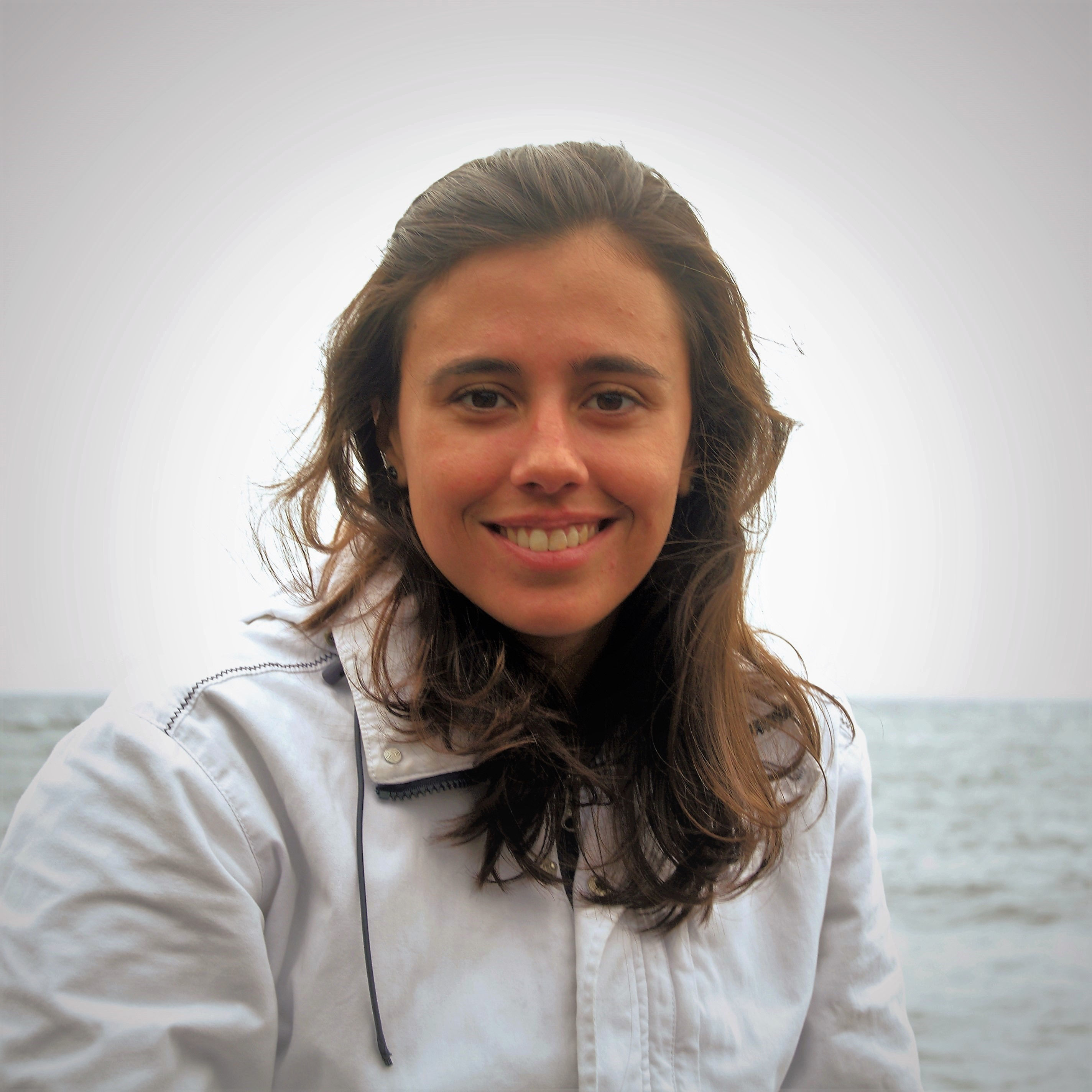MapGES
Mapping deep-sea biodiversity and “Good Environmental Status” in the Azores: assisting with the implementation of EU Marine Strategy Framework Directive

ACORES-01-0145-FEDER-00056
01/09/2016 to 31/12/2019
PO Açores 2020, European Regional Development Fund (ERDF / FEDER)
Summary
Mapping deep-sea biodiversity and “Good Environmental Status” in the Azores: assisting with the implementation of EU Marine Strategy Framework Directive
To achieve this ambition, the main objectives of MapGES were: (1) to improve the understanding, model and map biodiversity of different types of VMEs indicator taxa and key deep-sea fish species across the Azores EEZ; (2) to apply indicators of GES relevant to the Azores deep-sea ecosystems for the MSFD and its constituent descriptors; (3) measure and predict changes in biodiversity and species biogeography in the Azores under future scenarios of dynamics of the North Atlantic; and (4) identify priority areas for management and conservation in the Azores as a precursor to the future development of an Atlantic wide Marine Protected Area (MPA) network. MapGES employed a multitude of methodologies ranging from desktop studies to build upon past scientific results, new imagery data collection using state-of-the-art research cruises technologies, new methodologies to measure baseline values of GES, state-of-the-art species distribution models coupled with detailed analysis of North Atlantic circulation to predict changes in biodiversity and species biogeography, and new methods to identify priority areas for conservation in the Azores.
MapGES was built closely linked with the Horizon 2020 ATLAS project and envisioned to bring together existing and new biodiversity data and results from recent analysis of the dynamics of the North Atlantic to deepen the understanding of the biodiversity and biogeographic patterns of Vulnerable Marine Ecosystems (VMEs) indicator taxa and key deep-sea fish species in the Azores and forecast changes under future scenarios of water mass structure and ocean currents. With MapGES, we anticipated this new understanding will improve the application of indicators of Good Environmental Status (GES) relevant to the Azores ecosystems for the Marine Strategy Framework Directive (MSFD) and its constituent descriptors.
Our Team's role
We lead the MapGES project, all the workpackages, and the outreach activities.
Main results
MapGES contributed with baseline data, new analyses and information to the priority thematic area Fisheries and Oceans, mostly to positioning the Azores in the centre of the deep-sea marine research, knowledge transfer, resources management and governance. MapGES contributed to more than ten areas of action within the RIS3 Azores framework and contributed new data to inform the implementation of several political agendas. For example, MapGES contributed with data-driven spatial systematic conservation planning scenarios to inform marine spatial planning processes in the Azores, and therefore contributing to the implementation of the Marine Strategy Framework Directive. MapGES also contributed a significant amount of scientific knowledge on Vulnerable Marine Ecosystems in support of the implementation of protection measures that will have an important impact in terms of fisheries regulations and sustainable exploitation of the Azores' fishing grounds. MapGES was built closely linked with the Horizon 2020 ATLAS project and, therefore, shared many of the main results.
Authors list
10.5281/zenodo.4727164





Authors list
10.5281/zenodo.4727164





Authors list
10.1594/pangaea.910319


Authors list
10.1594/pangaea.940808


Authors list
10.1594/pangaea.872601

Authors list
10.1594/pangaea.911117
Authors list
10.1594/pangaea.920658


Authors list
10.1594/pangaea.862152

Authors list
10.1016/j.ocecoaman.2023.106807


Authors list
10.1016/j.scitotenv.2023.166579





Authors list
10.1016/j.dsr.2023.104028




Authors list
10.1007/s00227-017-3141-x

Authors list
10.1016/j.dsr.2022.103707


Authors list
10.1111/2041-210x.13617
Authors list
10.3389/fmars.2018.00460

Authors list
10.3389/fmars.2020.601798
MapGES Gallery
Location
Departamento de Oceanografia e Pescas — Universidade dos Açores
Rua Prof. Doutor Frederico Machado, No. 4
9901-862 Horta, Portugal
Contact
Email: azoresdeepsea@gmail.com
AZORES DEEP-SEA RESEARCH © 2020-2025 — RELEASE 2.0.3
 VALTER MEDEIROS
VALTER MEDEIROS